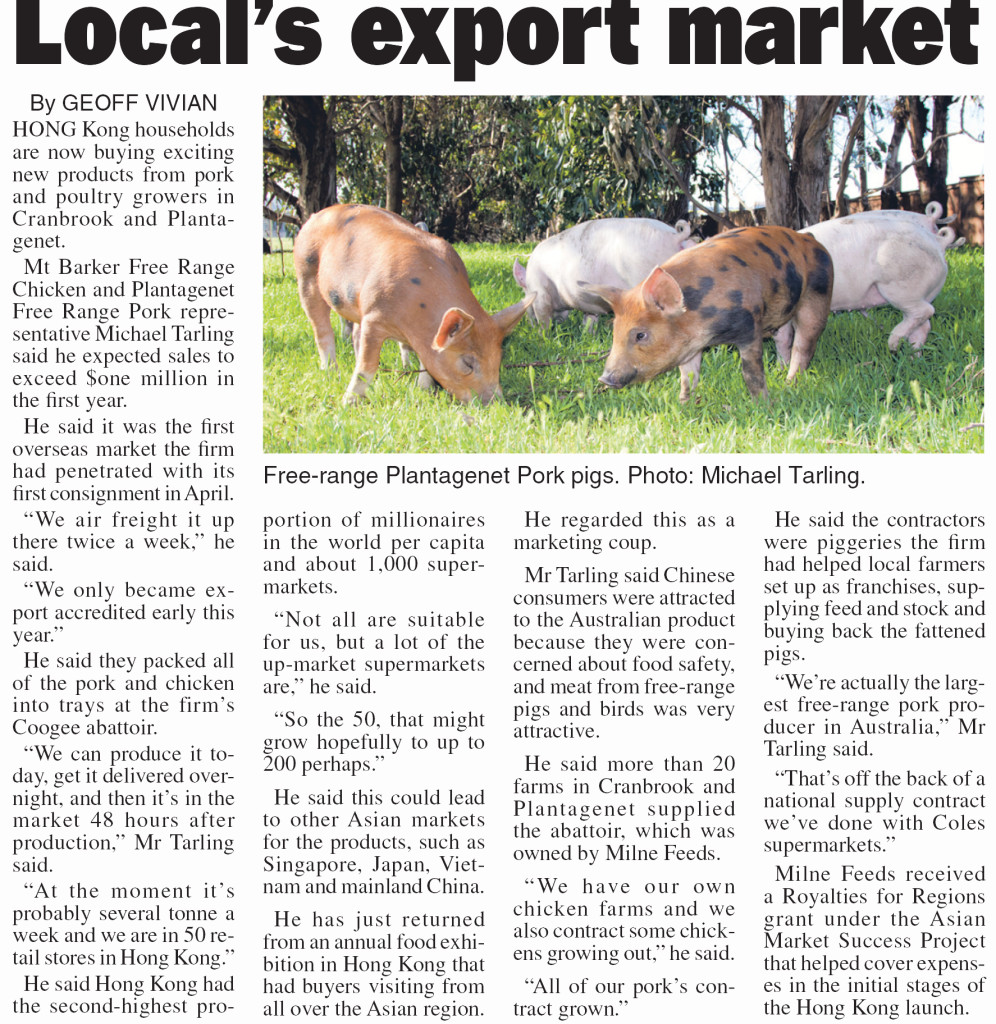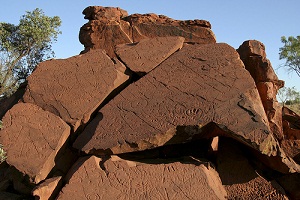It’s on again. Greens are pushing for some kind of compensation for canola growers who have had their crops contaminated with neighbours’ genetically modified seed.
Such farmers can find their crops attract much lower prices on the world market.
This story began as a media release from a politician but quick interviews with an industry expert and the farmer most affected by GM contamination brought it to life.
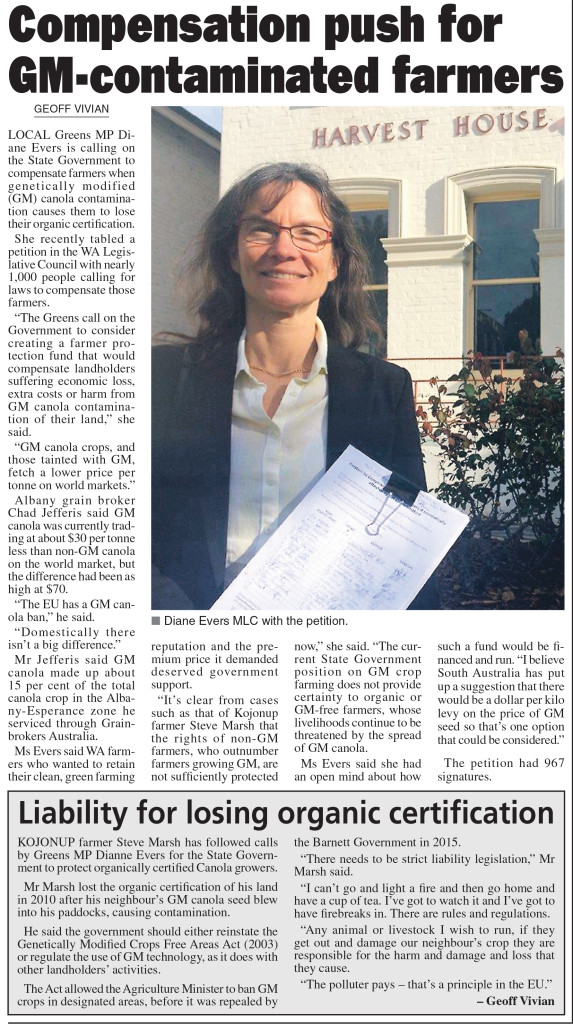
From The Great Southern Weekender Thursday June 29 p5.
x
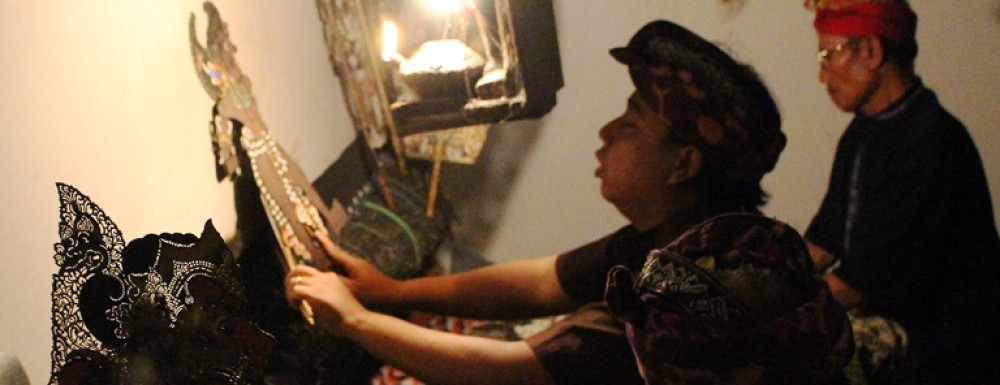
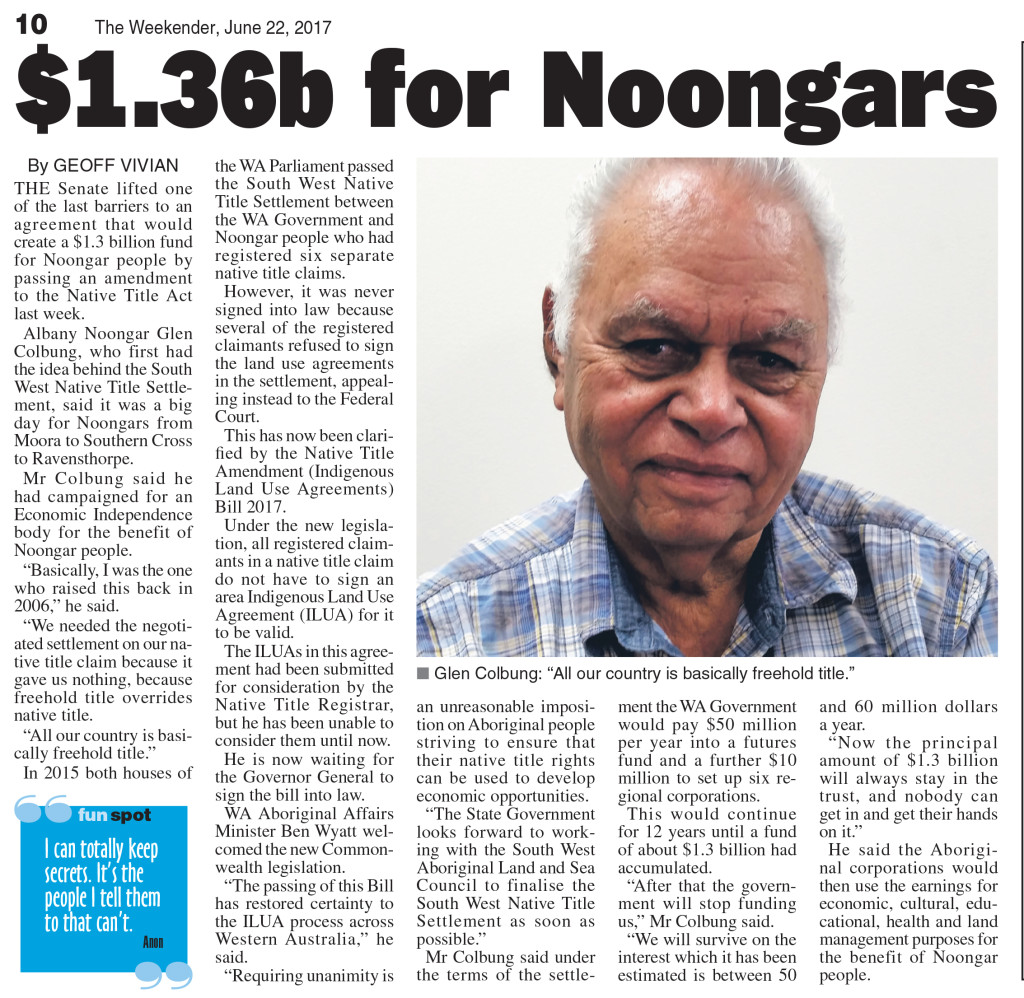
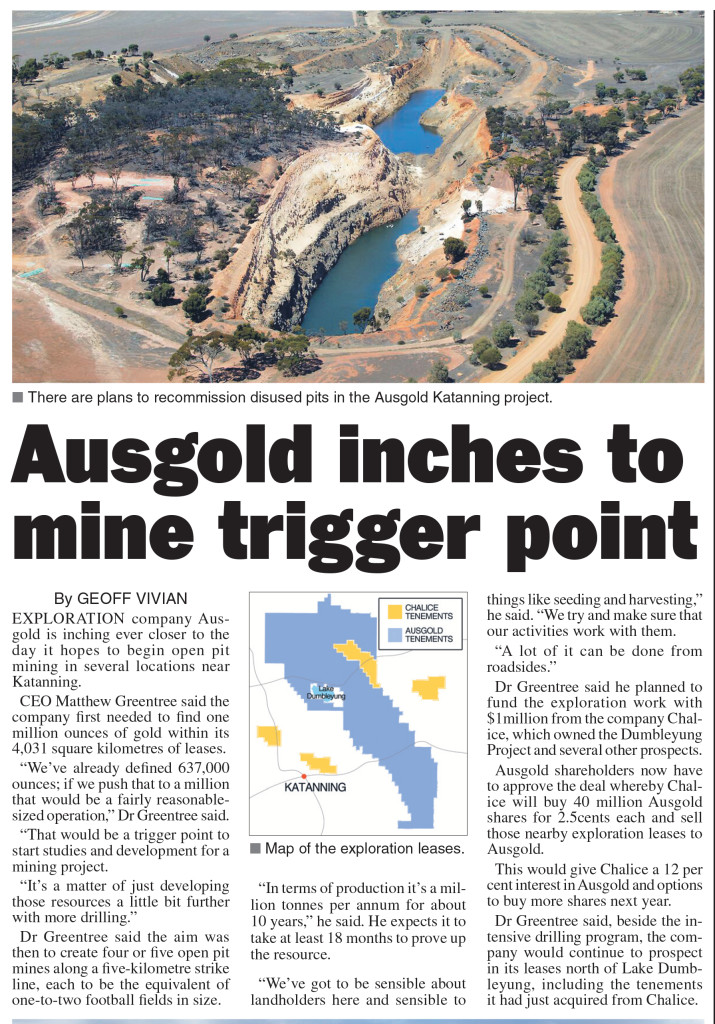 CEO Matthew Greentree said the company first needed to find one million ounces of gold within its 4,031 square kilometres of leases.
CEO Matthew Greentree said the company first needed to find one million ounces of gold within its 4,031 square kilometres of leases.